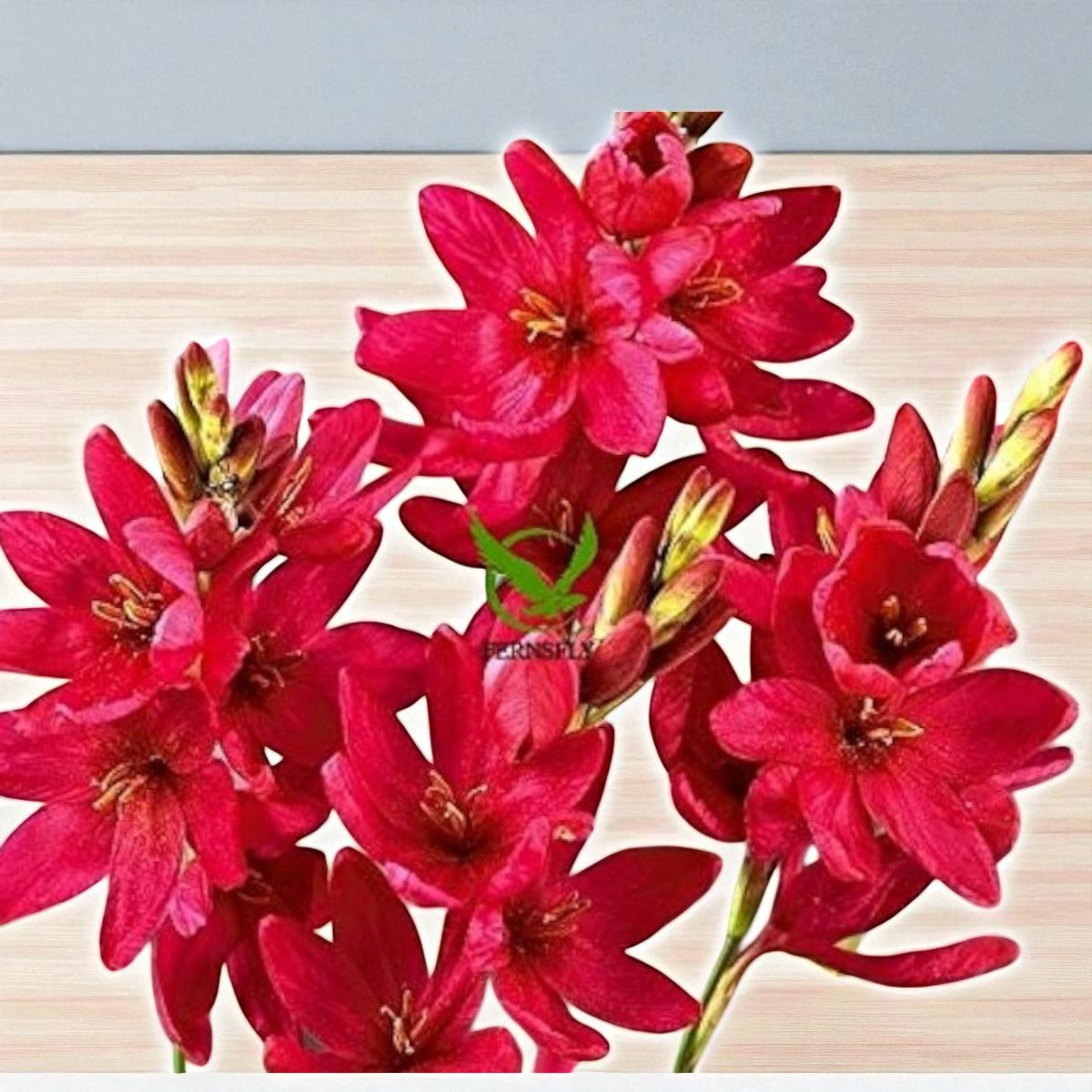
How to propogate echieveria
Propagating Echeveria is relatively easy and can be done by using stem cuttings, offsets, or leaf cuttings. Here are some steps for propagating Echeveria using each of these methods:
- Stem Cuttings:
- Select a healthy stem from the parent plant and cut it cleanly with a sharp knife or scissors.
- Allow the cutting to dry for a day or two, until a callus forms over the cut end.
- Plant the stem cutting in well-draining soil, burying it about an inch or two deep.
- Water sparingly, allowing the soil to dry out completely between waterings.
- After a few weeks, the cutting should start to root and form new growth.
- Offsets:
- Echeveria plants produce offsets or "pups" that can be removed and replanted.
- Wait until the offset is about one-third the size of the parent plant before removing it.
- Gently remove the offset from the parent plant, being careful not to damage the roots.
- Allow the offset to dry for a day or two before planting it in well-draining soil.
- Water sparingly, allowing the soil to dry out completely between waterings.
- Leaf Cuttings:
- Select a healthy leaf from the parent plant and gently twist it off the stem.
- Allow the leaf to dry for a day or two until a callus forms over the cut end.
- Plant the leaf cutting in well-draining soil, burying the stem end about a half inch deep.
- Water sparingly, misting the soil occasionally to keep it slightly moist.
- After a few weeks, small rosettes should begin to form at the base of the leaf cutting.
Propagation of Echeveria is generally best done during the spring or summer when the plant is actively growing. With proper care and attention, your new Echeveria plants should quickly establish and grow into beautiful specimens.
Also read :
how-to-grow-and-care-string-of-tears
how-to-grow-and-care-for-money-plant

